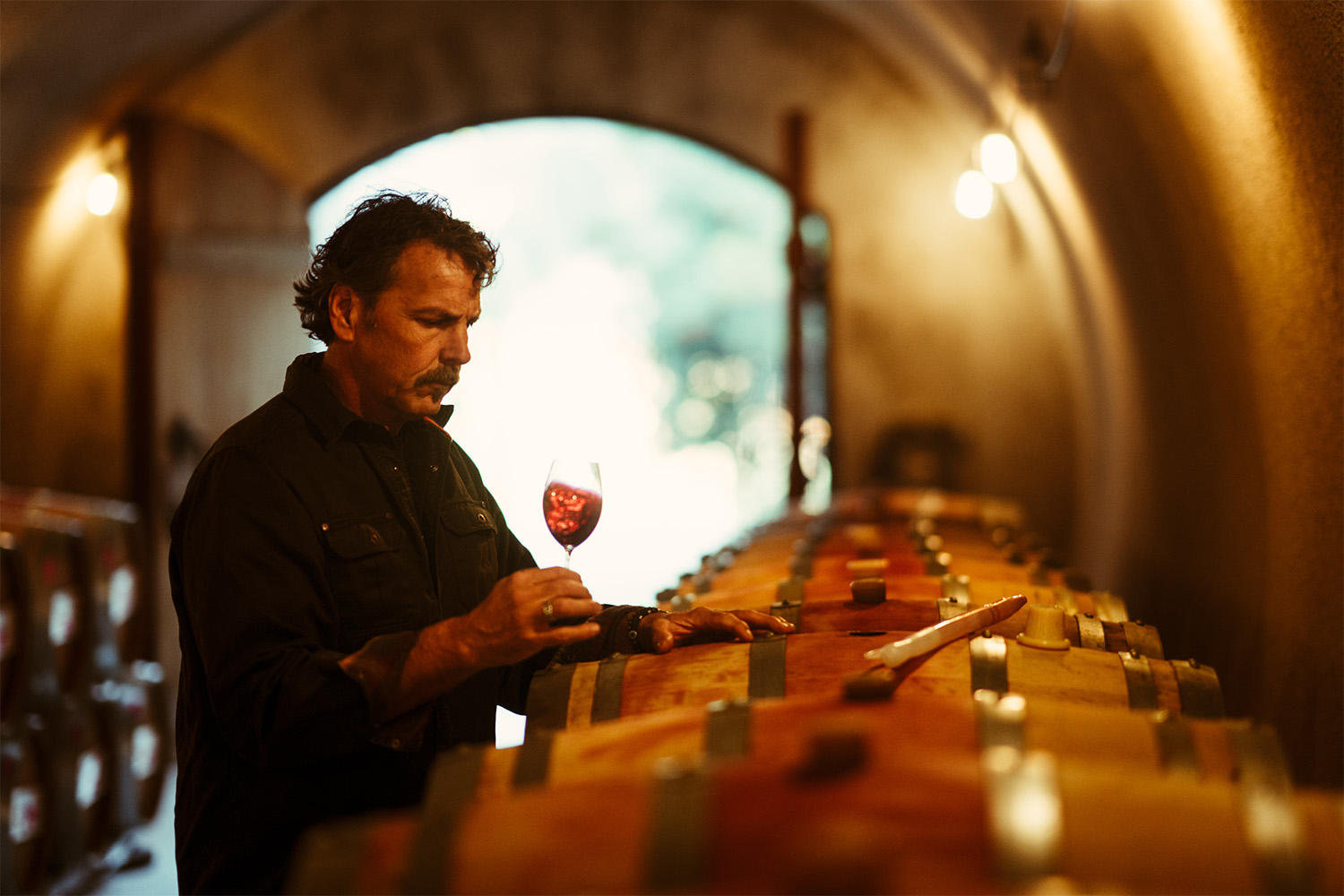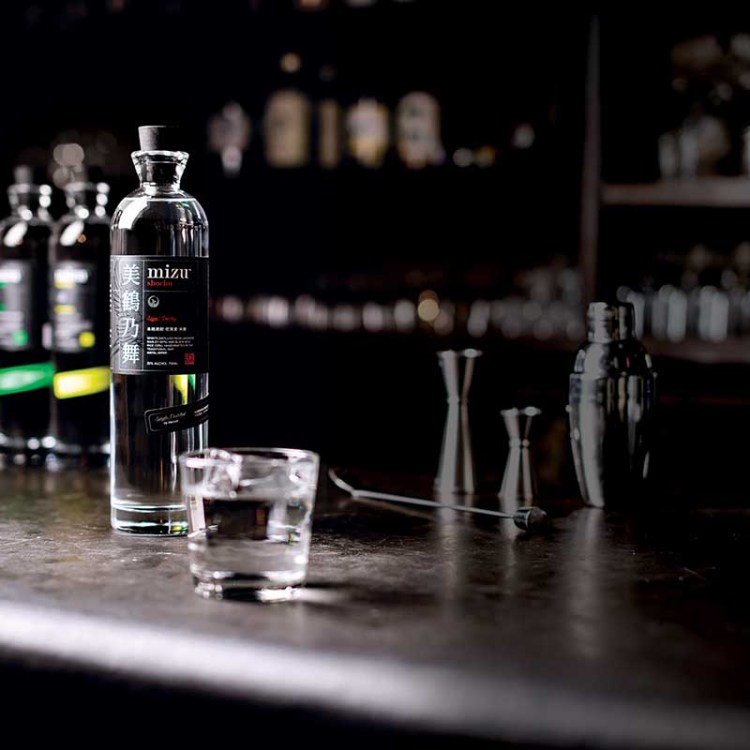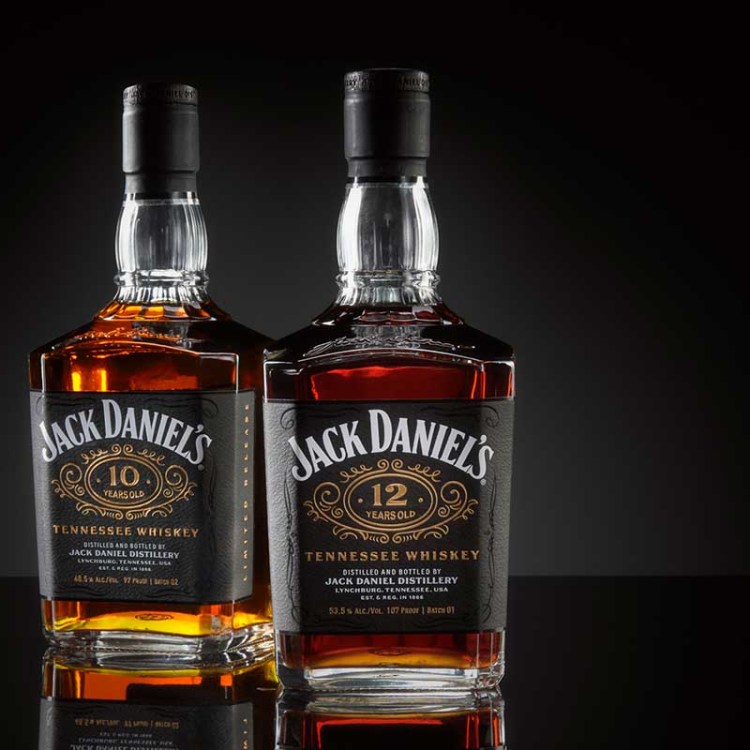Think “California wine regions” and Napa or Sonoma come to mind with rolling pastoral fields filled with lush vines, chic tasting rooms and tour buses bursting with thirsty tourists.
While all of that is true, the oldest wine-growing region in California is actually just to the east in an area known as Lodi. As an unparalleled agrarian metropolis with 100,000+ acres of wine grapes, Lodi got a bad rap as a commercial wine source in the ‘80s and ‘90s. Even to this day, ask sommeliers and many will insist that wines from Lodi are to be avoided at all costs due to the corporate nature of large format wine making — this often led to very inexpensive bottles of jammy “supermarket” wine made from prolific old vine Zinfandel.
But all of that is changing. Fifteen years ago, the Lodi Winegrape Commission was established to help farmers institute scientifically backed sustainable winegrowing regimens, known as the LODI RULES. The bonus? The local winemakers and growers, together, have subsequently made Lodi’s wines some of the best in California.
Winemakers like Heather Pyle Lucas of The Lucas Winery, Susan and Rodney Tipton of Acquiesce Vineyards & Winery, Markus Niggli of Markus Wine Co. and Jeff Perlegos of Perlegos Vineyards are all in and just so happen to be winning award after award for their bottles. The key? These folks aren’t just winemakers, they are also out in the field as growers and getting their hands dirty.
“Wine grape growing is not an easy task,” says Jerry Fry, co-owner (with Bruce Fry) of Mohr-Fry Ranches. “There are so many variables and we are constantly faced with new and changing issues, from the invasion of new foreign pests and diseases, variable weather patterns, shortages of water and crop materials, to lack of labor to accomplish certain tasks in a timely fashion.”
But all of that hard work has been worth the trouble in Bruce Fry’s eyes. As he claims, “The wine that comes from Lodi is some of the best in the world.”
That also means that Lodi wines are probably the most undervalued in the California wine market and therefore officially poised for a breakthrough. Those stringent certifications encompass every part of the winemaking process including vine and soil health, air quality, worker safety and knowledge, financial viability, water conservation, reduced and gentler inputs, riparian habitat and more. “LODI RULES represents the future of farming where all facets are respected and encouraged to thrive long term, not just the vines,” says Perlegos. (You can see more about the LODI RULES certifications here.)
An Insider’s Guide to Napa Valley, Courtesy of Winemaker Chris Carpenter
The one thing that annoys locals, a restaurant you can’t miss and other tipsOne of the most important components of LODI RULES is the pesticide risk model, or PEAS, which is used to quantify the environmental and human impact of all pesticides applied in a vineyard. As growing conditions change, soil and grape health needs to be maintained.
That said, in Lodi (and elsewhere) there are some conflicting designations of what constitutes organic, sustainable, biodynamic and natural winemaking. “I wish the public understood that sustainable programs like LODI RULES are not ‘organic minus’ but rather the future of farming where workers, finances, water, air and the fruit all can be respected and honored,” says Heather Pyle Lucas, who spent 16 years at Robert Mondavi. “Some consumers think that because sustainable certification allows all to participate while organic has strict black-and-white metrics or that sustainable certification is not as rigorous. Nothing could be further from the truth.”
Perlegos agrees. “Implementing these practices will make you look at, investigate and care for things on your farm that most farmers would not,” he says.
Lodi is most well known for old vine zinfandel, also the oldest plantings in the country, but the new guard has expanded into other varietals that may actually fare better in Lodi’s climate. For example, the Tiptons at Acquiesce Vineyards & Winery have gone all in on white Rhone varietals. To no one’s shock, the awards they’ve garnered include best in class for Viognier, Grenache, Picpoul and more. “We are super-excited about the quality, taste and performance of Picpoul Blanc in our Mediterranean climate and the terroir of Lodi’s Mokelumne River AV,” says Sue Tipton. With back-to-back Double Gold medals and a 98-point score at the International Women’s Wine Competition, that’s not surprising.
“Right now I am really excited about Assyrtiko, the variety native to Santorini Greece,” says Perlegos. “We started off by planting a small test plot. It did so well in our Mediterranean-like climate that we have grafted over an existing block of Merlot.”
That’s not to say that all this innovation isn’t hard work. Markus Niggli is currently working with ancient vine blocks made up of Carignan planted in the early 1930s. “I spend 2-4 hours each day in these vineyards to open up canopies, remove extra shoots, remove fruit and irrigate only what is really needed,” he says. “It’s amazing what a vineyard is telling you when you actually spend some time in there. And you can taste it in the final bottles coming to the markets.”
The point is to offer a model to all that sustainable wine-growing techniques go hand in hand with the best wine. And if it just so happens to win awards and make a new name for Lodi, well, all the better. And learning about Lodi’s practices may help you become a better wine consumer as well. ”When in a tasting room, ask questions about the farming beliefs employed and valued by the owners,” suggests Heather Pyle Lucas. “If the wine has a certified sustainable seal, that is an introduction to asking about or researching what that certification requires or encourages from its farmers. If a winery or wine label promotes sustainability, ask questions about that or look it up on their website to begin to understand what things farmers are doing.”
This article was featured in the InsideHook LA newsletter. Sign up now for more from the Southland.






















